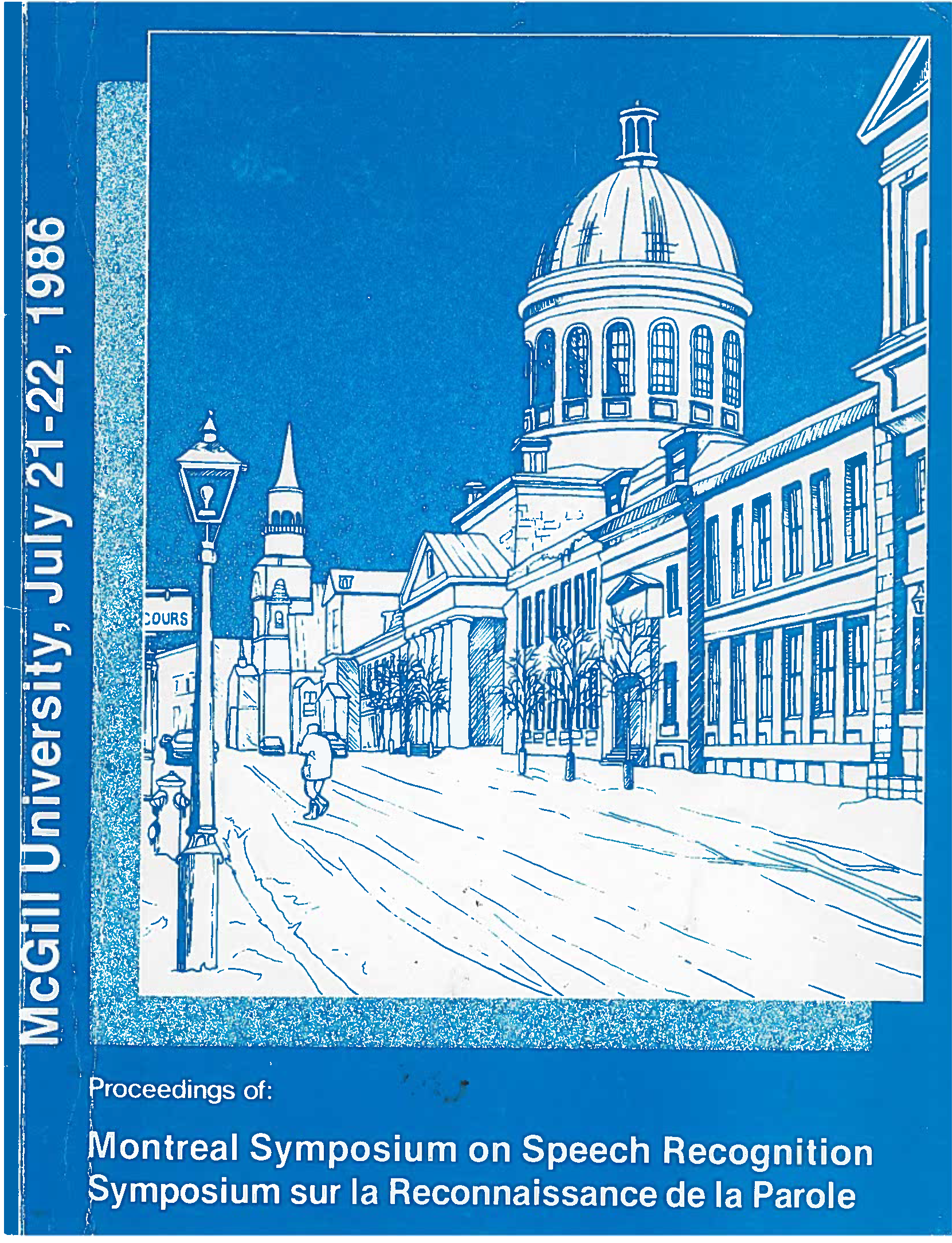Speech Segmenting and kinematics
Abstract
Conclusion:
The above makes it possible to look at segmenting, and subsequently at acoustico-phonetic decoding, from a new and maybe more advantageous angle instead of researching discontinuity, we would resort to the formal instruments of mechanics (or data-analysis) to examine local variations in speech-trajectories that are represented in suitable spaces. Such a representation allows for an ascending description, from acoustics to phonology; while by-passing any a priori (even implicit) phonetic model. At the same time, it seems possible to find a grammar of distortions capable of superposing the several trajectories that correspond to one sequence uttered by several speakers. This kind of results, nevertheless, remains to be confirmed over large speech-corpuses and large numbers of speakers,
Additional Files
Published
How to Cite
Issue
Section
License
Author Licensing Addendum
This Licensing Addendum ("Addendum") is entered into between the undersigned Author(s) and Canadian Acoustics journal published by the Canadian Acoustical Association (hereinafter referred to as the "Publisher"). The Author(s) and the Publisher agree as follows:
-
Retained Rights: The Author(s) retain(s) the following rights:
- The right to reproduce, distribute, and publicly display the Work on the Author's personal website or the website of the Author's institution.
- The right to use the Work in the Author's teaching activities and presentations.
- The right to include the Work in a compilation for the Author's personal use, not for sale.
-
Grant of License: The Author(s) grant(s) to the Publisher a worldwide exclusive license to publish, reproduce, distribute, and display the Work in Canadian Acoustics and any other formats and media deemed appropriate by the Publisher.
-
Attribution: The Publisher agrees to include proper attribution to the Author(s) in all publications and reproductions of the Work.
-
No Conflict: This Addendum is intended to be in harmony with, and not in conflict with, the terms and conditions of the original agreement entered into between the Author(s) and the Publisher.
-
Copyright Clause: Copyright on articles is held by the Author(s). The corresponding Author has the right to grant on behalf of all Authors and does grant on behalf of all Authors, a worldwide exclusive license to the Publisher and its licensees in perpetuity, in all forms, formats, and media (whether known now or created in the future), including but not limited to the rights to publish, reproduce, distribute, display, store, translate, create adaptations, reprints, include within collections, and create summaries, extracts, and/or abstracts of the Contribution.


